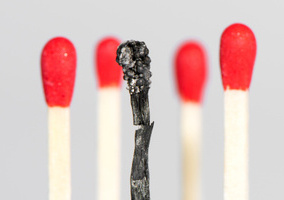Women’s and girls’ charities are struggling to meet increasing demand for their services, a new report has warned.
The vast majority of women’s and girls’ charities (91%) that responded to research by think tank Pro Bono Economics (PBE) and funder Rosa described increased demand for their services.
This exceeds the proportion of charities generally experiencing greater need for their services, 65% according to PBE’s separate analysis of the VCSE Sector Barometer Survey 2024.
Some 93% of women’s and girls’ charities said they anticipated further growth in demand but only 52% expected to be able to meet this increased need for their services.
Black and minoritised women and girls’ charities are among the “hardest hit” by financial challenges, the report says, with over a quarter of those surveyed cited rising costs as a top concern.
‘Chronically underfunded’
The report, published today, is based on the responses of 211 women’s and girls’ charities in a survey conducted between 19 June and 24 July 2024.
It cites funding shortages and resource constraints as the primary challenges facing women’s and girls’ organisations, which account for around 3.5% of all registered charities.
Some 45% of respondents said they would expand their influencing and advocacy work if they had more resources or funding.
The report says the commissioning process for government grants and public service contracts favours larger, generalist organisations, leaving smaller organisations to compete for income from trusts and foundations.
“This highly competitive environment means organisations whose resources are already stretched are spending disproportionate amounts of time applying for relatively small amounts of short-term funding,” it says.
“This keeps them from their vital frontline work and creates an environment of scarcity.”
Commenting on the report, Rebecca Gill, executive director at Rosa, said: “Women’s and girl’s organisations are vital to our society.
“Every single change that has benefited women over the last 200 years has been pioneered by women and girls organising and mobilising. Yet the organisations we run and rely on remain chronically underfunded.
“This lack of investment puts our sector at risk. And it puts women and girls at risk. Now, more than ever, the women’s and girls’ sector need investment to ensure its sustainability and impact for the future.”
Related articles












